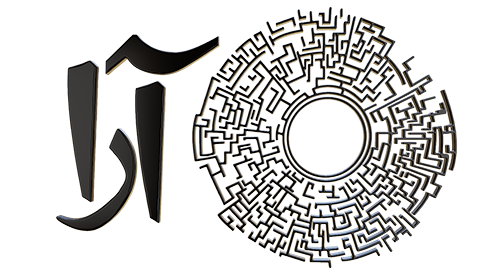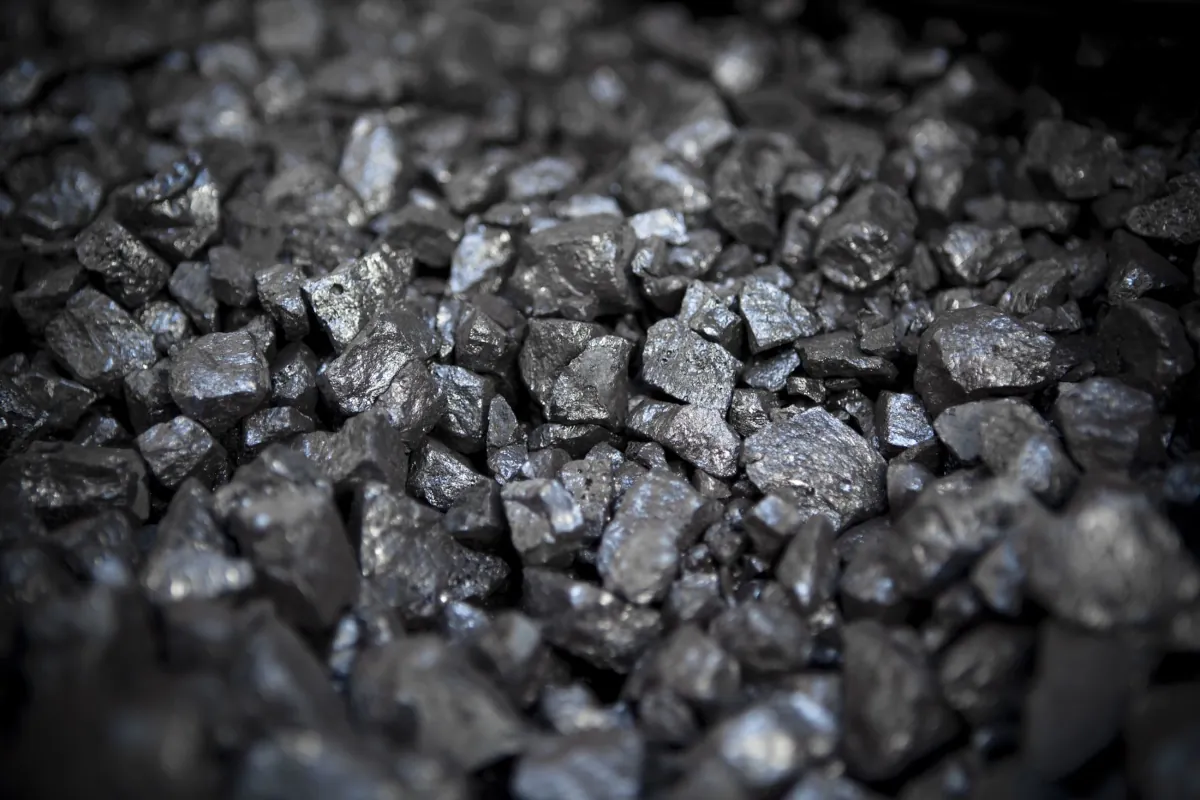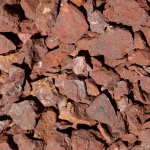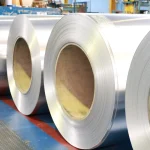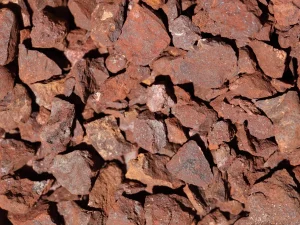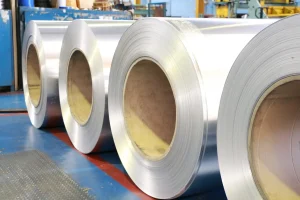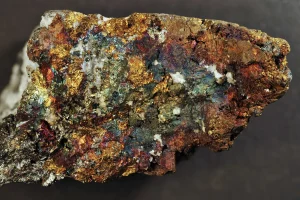Lead is a soft metal that has a very high density, lead is usually known as a heavy metal. Lead with an atomic number of 82 is a very toxic element that can lead to poisoning and even cancer in case of continuous contact with the body. As mentioned, lead is a very soft metal and has a low melting point, so it also provides craftsmen with a very suitable formability. One of the prominent features of lead is the non-transmission of radiation. For this reason, this metal is widely used to protect against dangerous rays. Of course, due to the danger of this metal in recent years, it has been tried to limit its use for environmental reasons. During this article, we will try to examine and evaluate its various applications in the industry after brief explanations about lead metal.
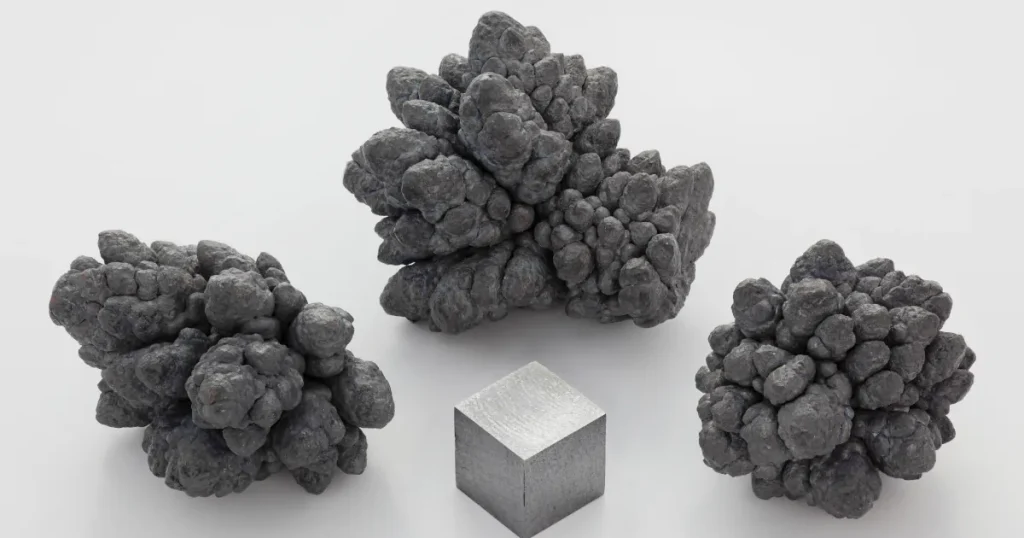
How is lead extracted?
Lead is usually extracted from mineral lead or so-called galena. This mineral, which is sometimes known as lead stone, is a substance that is formed like a crystal with regular geometric shapes. To obtain or process lead, it is necessary to melt galena in blast furnaces. Gallen, like lead, is very toxic, for this reason, safety measures must be properly observed in lead processing complexes. Usually, a large part of lead is obtained at the same time as zinc metal. Lead recycling is also very common. Most of the lead that is extracted is actually obtained from the recycling of car batteries.
?What are the industrial uses of lead
Lead is widely used in the manufacturing of car batteries, cables, machinery, shipbuilding, lamps and protection against dangerous rays.
Car battery: Lead is probably most used in making car batteries. As mentioned, most of lead is extracted through the recycling of car batteries. On average, 80% of the lead used in the industry comes from car batteries. Batteries used in ships, motorcycles, trains, tractors, etc. are also dependent on lead.
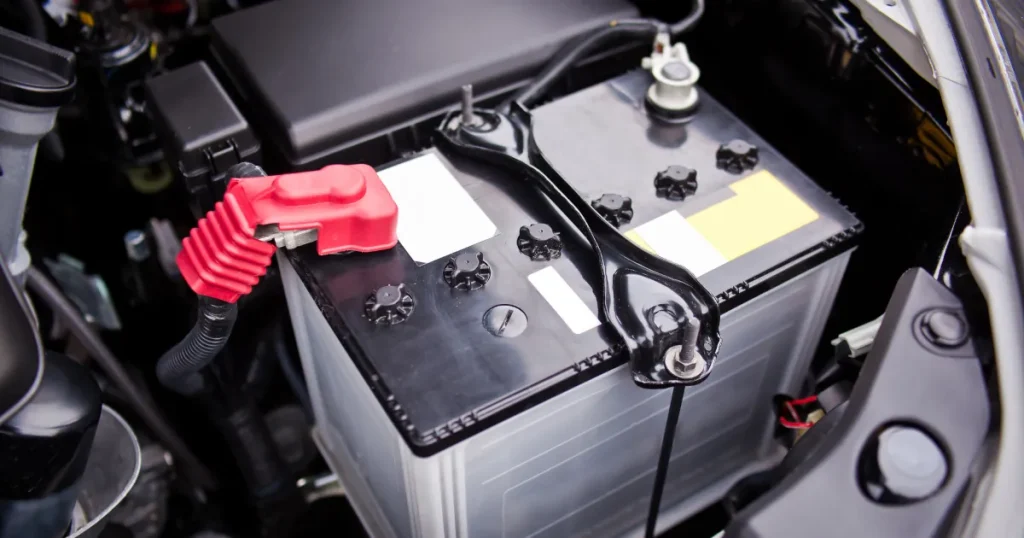
Cable Sheath: One of the uses of lead is to use it to make electrical and electronic cable sheaths. This material seems to be suitable for this purpose due to its insulation against radiation. Unfortunately, due to the toxicity of this material, its use in making cable sheaths has been very limited in recent years.
Alloy making: Lead is used to make alloys required by industry, such as tin alloy. The use of lead in tin used in the electronics industry is very common. Lead increases the resistance of tin against breaking and cracking.
Shipbuilding: Since lead is a metal that is very resistant to rust, it can be used in shipbuilding. Also, lead is used in the form of thick sheets to protect the metals used in ships.
Lead oxide: Lead oxide is used in the manufacturing of lead-acid batteries. Also, lead is used in rubber vulcanization agent, crystal clarifiers, anti-radiation glass, paint and industrial coatings.
Medical-industrial applications: Since lead is resistant to harmful and strong rays such as X-ray, it can be used to protect personnel in medical and industrial environments where may be exposed to such rays. These environments can include power plants, hospitals, high pressure transmission lines, aerospace, etc.
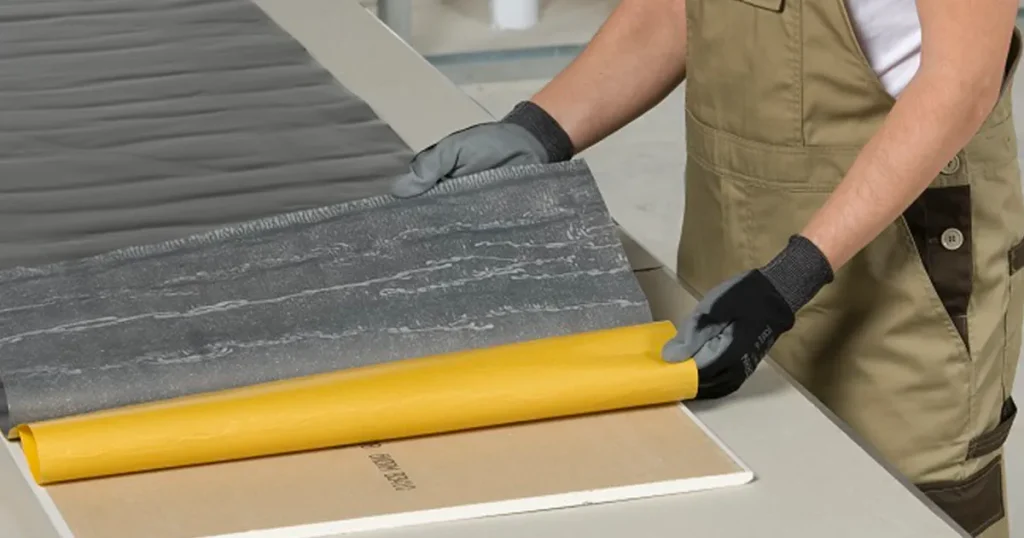
:Last word
Although lead is a toxic substance, it has properties that make it a very suitable option for some industries. However, in recent years, especially in European countries, efforts have been made to reduce the human need for this substance and replace it with other materials. However, lead still maintains its special position in the industry and there is no way to replace it. Lead is one of the metals that has been used by humans for thousands of years. Due to the malleability and beautiful appearance of this metal in Europe, it has been used as a decorative metal in the construction of churches and magnificent buildings for years. Currently, an average of 9 million tons of lead is produced annually in its processing complexes, and almost the same amount is obtained from the recycling of this metal, and is used in various industries.
